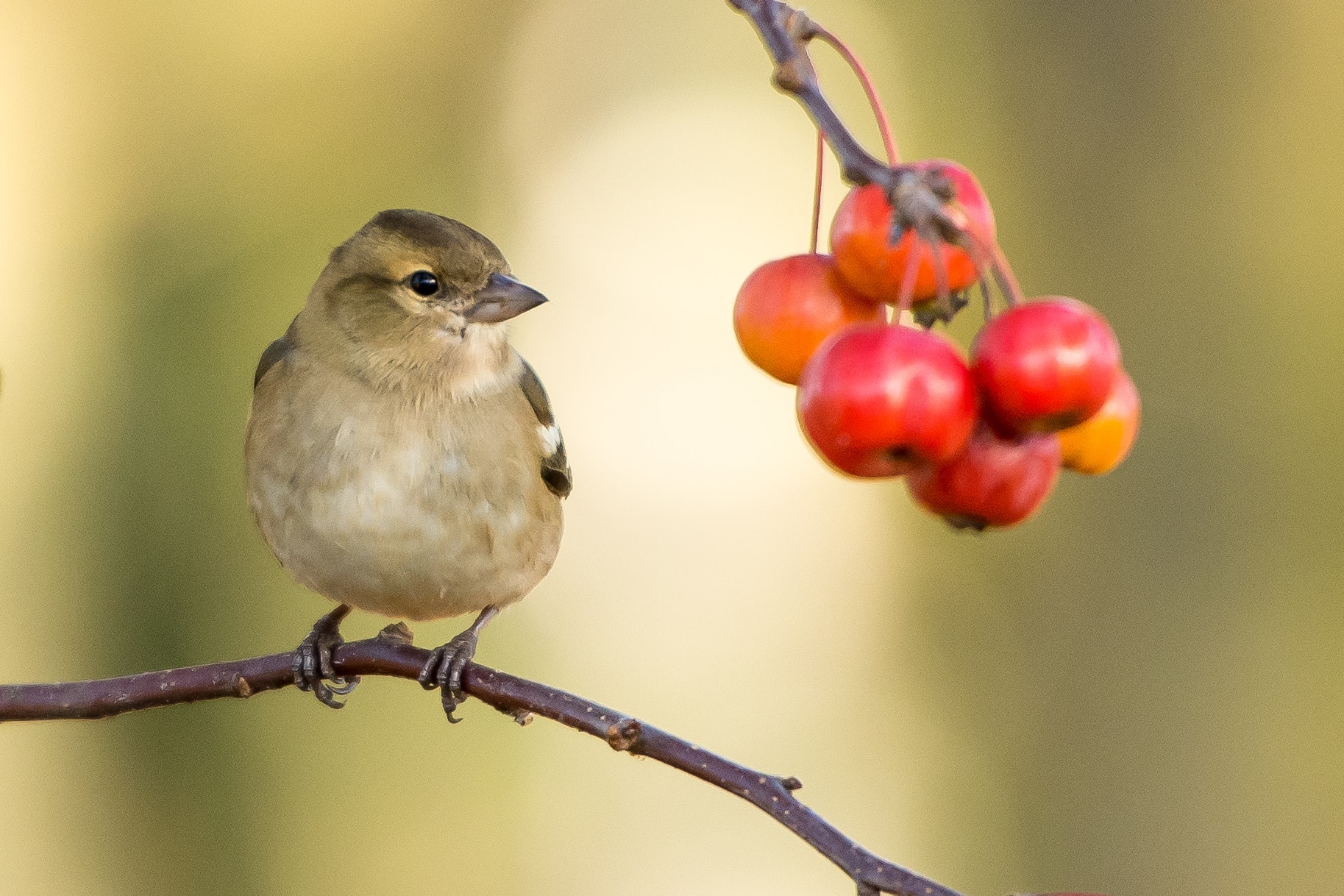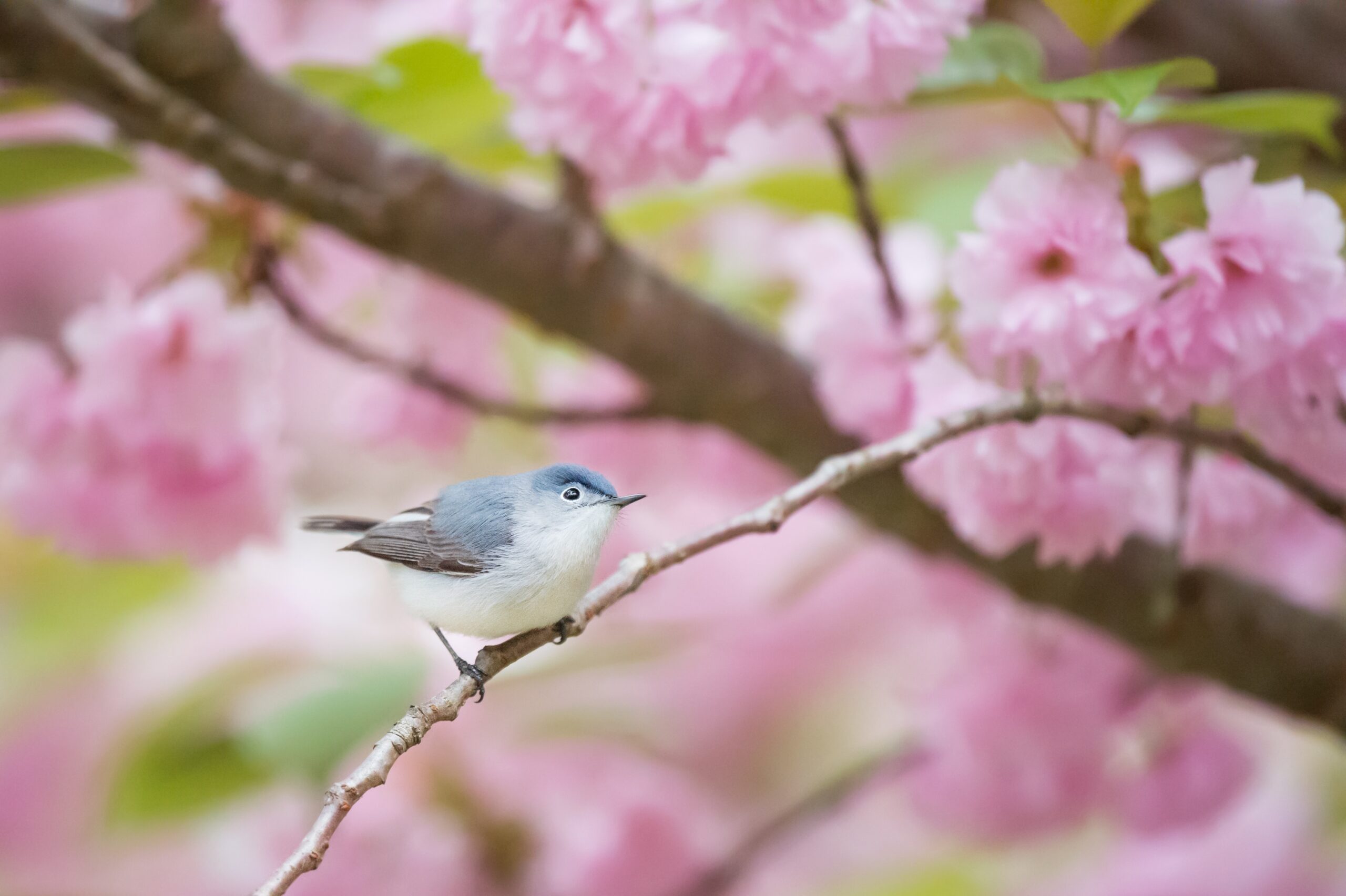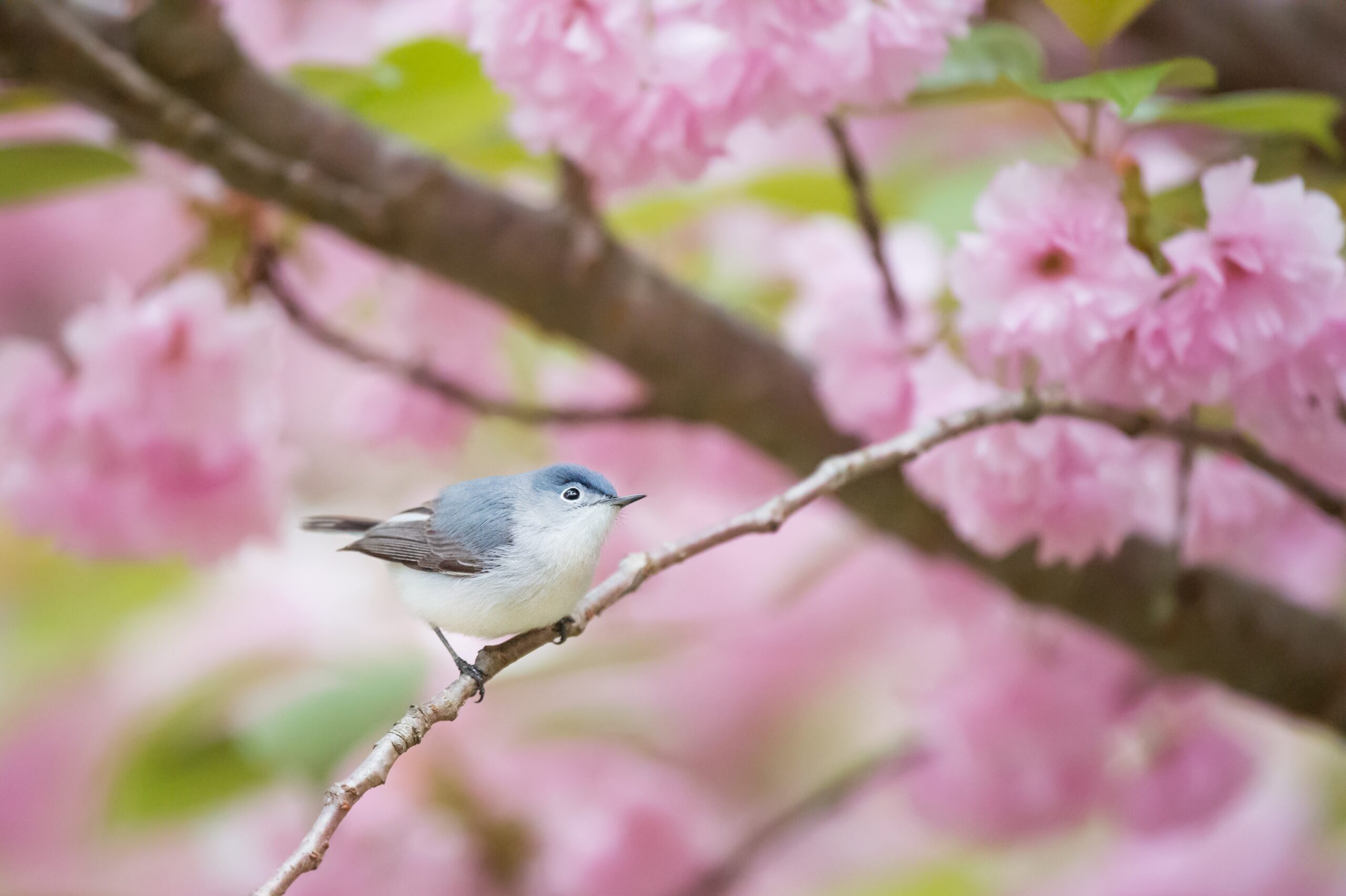Are you a nature enthusiast looking to get closer to the world of birds? Well, if you are, then the first thing you’ll need to consider is a good pair of birding binoculars. Choosing the right binoculars can make all the difference in your bird watching experience, allowing you to observe these magnificent creatures with clarity and detail. From magnification power to lens quality, this article will guide you through the key factors to consider when selecting the perfect binoculars for your birding adventures. So, let’s embark on a journey towards finding the ideal pair of binoculars that will bring the vibrant world of birds closer to your sight.
Understanding Binocular Basics
Understanding magnification
Magnification refers to how much larger an object appears when viewed through the binoculars compared to the naked eye. It is denoted by a set of numbers, such as 8x or 10x, where the first number represents the magnification power. For example, with 8x magnification, objects will appear eight times closer than they would to the naked eye. It’s important to note that higher magnification isn’t always better. Higher magnification can lead to a narrower field of view and image shakiness, making it harder to track moving objects like birds.
Understanding lens diameter
Lens diameter, measured in millimeters, determines the amount of light that can enter the binoculars. The second number in the 8×42 or 10×42 notation represents the lens diameter. A larger lens diameter allows more light into the binoculars, resulting in a brighter and clearer image. However, larger lens diameters can also make the binoculars heavier and bulkier.
The concept of exit pupil
The exit pupil is the small, circular beam of light that exits the eyepiece of the binoculars. It is determined by dividing the lens diameter by the magnification power. For example, with 8×42 binoculars, the exit pupil would be 5.25mm (42 divided by 8). The size of the exit pupil affects the brightness of the image. A larger exit pupil provides a brighter image, especially in low light conditions. For most adults, an exit pupil between 4mm and 6mm is ideal.
Field of view explained
Field of view (FOV) refers to the width of the area you can see through the binoculars. It is usually expressed in degrees or feet at a specific distance. A wider field of view allows you to see more of the surroundings without needing to move the binoculars. It is particularly useful when tracking fast-moving birds. However, a wider field of view often comes with a trade-off, as it may result in some distortion or reduced image quality compared to a narrower field of view.
Eye relief and its importance
Eye relief is the distance between the eyepiece and your eyes when you see the full field of view. It is crucial for those who wear glasses or have limited eye flexibility. A longer eye relief provides more comfort for glass-wearers as it allows them to view the entire field of view without having to press their glasses against the eyepieces. Shorter eye relief may cause a loss of peripheral image or a narrow field of view for glasses-wearers.
Focusing Mechanisms
Difference between Center and Individual Eyepiece Focusing
Center focusing involves adjusting both eyepieces simultaneously, typically using a central focus wheel. This mechanism is ideal for users who do not require individual focusing for each eye and prefer a simple and quick adjustment process.
On the other hand, individual eyepiece focusing allows for independent focusing of each eyepiece. This mechanism is especially useful for individuals with a significant difference in visual acuity between their two eyes. It allows you to adjust each eyepiece separately to achieve maximum clarity and eliminate any diopter difference between your eyes. Individual eyepiece focusing provides greater precision but may require more time for initial setup.
Considerations when choosing focusing mechanisms
When selecting a focusing mechanism, it’s essential to consider your specific needs and preferences. If you have a balanced visual acuity in both eyes, the center focusing mechanism might be more convenient and user-friendly. However, if you have different visual acuity between your two eyes, individual eyepiece focusing will offer a more customized and precise focusing experience. Consideration should also be given to the ease of use, convenience, and personal fit for your birding style and preferences.

Binocular Design
Roof Prism Design
Binoculars with a roof prism design are typically more compact and lightweight compared to those with a porro prism design. The roof prism design incorporates a straight barrel shape, allowing the objective lenses to align directly with the eyepieces. This design not only enhances the overall durability of the binoculars but also ensures a more ergonomic and streamlined shape, making them easier to handle and carry around during birding expeditions.
Porro Prism Design
Binoculars with a porro prism design feature an offset barrel shape, with the objective lenses and the eyepieces not aligned in a straight line. The porro prism design provides a wider separation between the objective lenses, resulting in enhanced depth perception and a more immersive viewing experience. Additionally, this design is often associated with better light transmission, resulting in brighter and sharper images. However, porro prism binoculars tend to be bulkier and heavier.
Choosing the right design
When choosing between a roof prism and a porro prism design, consider factors such as portability, ease of handling, optical performance, and personal preference. If you prioritize a compact and lightweight design and are willing to compromise slightly on optical performance, a roof prism design might be the better choice. However, if ultimate optical performance and immersive viewing experience are more important to you, consider opting for a porro prism design, albeit with the trade-off of slightly increased weight and size.
Lens Coatings and their Importance
Why are lens coatings important?
Lens coatings play a crucial role in enhancing the performance and image quality of birding binoculars. Coatings are applied to the lenses to reduce light reflection and glare, resulting in increased light transmission and improved contrast. Lens coatings also help minimize color distortion and aberrations, ensuring a more accurate and true-to-life representation of the colors and details of the birds you observe.
Types of lens coatings
There are several types of lens coatings commonly found on birding binoculars. These include anti-reflective coatings, multi-coatings, fully multi-coatings, and phase correction coatings. Anti-reflective coatings reduce internal and external reflections and increase overall light transmission. Multi-coatings enhance image clarity and contrast. Fully multi-coatings, found on high-end binoculars, provide the highest level of light transmission and improved image quality. Phase correction coatings are specifically designed for roof prism binoculars, minimizing phase shifts and increasing image resolution.
How to check lens coatings
To determine the type and quality of lens coatings on a pair of binoculars, check for specifications provided by the manufacturer or retailer. These specifications should indicate the specific coatings used and their benefits. Additionally, you can physically inspect the binoculars by looking at the lenses from various angles. High-quality coatings will appear as vibrant, colorful reflections, while inferior coatings may display dull or inconsistent reflections.

Weight and Size of the Binoculars
How the weight of binoculars affects your birding experience
The weight of your birding binoculars can significantly impact your overall birding experience. Heavy binoculars can cause fatigue and strain when held for extended periods, limiting the time you can comfortably observe birds. Additionally, if you plan on carrying your binoculars during hikes or long expeditions, the weight can become burdensome and contribute to discomfort. It’s important to find a balance between portability and optical performance.
Preferred sizes for birding binoculars
The size of the binoculars plays a crucial role in both portability and performance. Compact binoculars, generally with objective lens diameters of 25mm or less, offer excellent portability but may sacrifice some image brightness and detail. Mid-sized binoculars, with objective lens diameters between 30mm and 42mm, strike a balance between portability and optical performance. Full-sized binoculars, with objective lens diameters of 42mm or larger, provide the best image brightness and detail but may be heavier and bulkier.
Balance between size, quality, and comfort
When choosing the size of your birding binoculars, consider your specific needs and preferences. If you prioritize portability and comfort, compact or mid-sized binoculars may be more suitable. However, if ultimate optical performance and image quality are essential, full-sized binoculars would be the preferred choice, although they may require some adjustment in terms of weight and size. It is crucial to strike the right balance according to your personal preferences and birding requirements.
Correct Eye Adjustment
Understanding Interpupillary Distance
Interpupillary distance refers to the distance between the centers of your pupils. It varies from person to person and is an essential factor in achieving proper binocular alignment. To ensure optimal viewing experience, the binoculars should be adjusted to match your interpupillary distance.
Importance of proper eye adjustment
Proper eye adjustment is vital to achieve a clear and comfortable image when using binoculars. Incorrect eye adjustment can cause eye strain, reduced field of view, and difficulties in merging images from both eyes. Adjusting the eyepiece position to match your interpupillary distance allows for a circular and centered view, ensuring that you utilize the full capabilities of your binoculars.
How to correctly adjust your binoculars
To correctly adjust your binoculars, start by placing them against your face with the eyepieces aligned with your eyes. Use the center focus wheel to bring the image into clear focus. Next, adjust the distance between the eyepieces until you achieve a single and circular field of view. This can be done by pushing or pulling the two barrels until the image from both binoculars merge seamlessly. Make sure the eyecups are also extended or retracted to the appropriate position for your eyes.

Consideration of Weather Conditions
Waterproof and fog-proof features
When purchasing birding binoculars, it is important to consider the intended environmental conditions. Waterproof binoculars are essential if you plan on birding in wet or rainy environments. These binoculars are sealed with O-rings to prevent water from penetrating the internal components, ensuring their functionality even in inclement weather. Fog-proof binoculars, on the other hand, are nitrogen or argon purged to prevent internal fogging caused by rapid temperature changes.
The impact of weather on birding binoculars
Weather can have a significant impact on the performance and durability of birding binoculars. Wet conditions can damage internal components and lead to the formation of mold or fungus. Extreme temperature changes can also cause fogging inside the binoculars, rendering them temporarily unusable. Therefore, choosing binoculars with appropriate weather-resistant features is crucial to ensure longevity and reliable performance in various environmental conditions.
Choosing binoculars for different weather conditions
To choose binoculars suitable for different weather conditions, prioritize models labeled as waterproof and fog-proof. Look for binoculars with an IPX rating (e.g., IPX7), indicating their water resistance capabilities. Additionally, check for binoculars that have been nitrogen or argon purged to ensure fog-proof performance. These features will provide peace of mind and allow you to confidently use your binoculars in various weather conditions without compromising image quality or risking internal damage.
Binoculars and Accessories
Important accessories for birding binoculars
While birding binoculars are essential for a great birding experience, several accessories can enhance their functionality and convenience. Some important accessories include:
-
Neck strap: A comfortable and durable neck strap allows you to carry your binoculars conveniently, keeping them secure and easily accessible during your birding expeditions.
-
Harness: A harness can distribute the weight of your binoculars evenly across your shoulders, reducing strain and fatigue during more extended birding sessions.
-
Lens cleaning kit: A cleaning kit with a lens cleaning solution, soft microfiber cloth, and a brush will help keep your binoculars’ lenses clean and dust-free, ensuring optimal image quality.
-
Tripod adapter: A tripod adapter allows you to mount your binoculars on a tripod, providing stability and reducing image shake, particularly during extended periods of observation.
Benefits of having binocular accessories
Investing in binocular accessories can greatly enhance your overall birding experience. A neck strap or harness ensures that your binoculars are secure and easily accessible, preventing accidental drops or damage. A lens cleaning kit allows you to maintain clear and smudge-free lenses, maximizing image quality. A tripod adapter provides stability, especially during prolonged observations, reducing eye strain and making it easier to track birds.
How to choose binocular accessories
When choosing binocular accessories, consider factors such as comfort, durability, and compatibility with your specific binocular model. Opt for a neck strap or harness that is adjustable and made from materials that are both comfortable against your skin and durable enough to withstand outdoor conditions. When selecting a lens cleaning kit, ensure that the cleaning solution is safe for the lens coatings and that the microfiber cloth is soft and lint-free. Lastly, make sure the tripod adapter is compatible with the mounting socket on your binoculars.
Durability and Warranty
Criteria for determining durability
When selecting birding binoculars, it is essential to consider their durability to ensure a long-lasting investment. Several factors contribute to the overall durability of binoculars, including:
-
Construction materials: Look for binoculars that use high-quality materials such as aluminum or magnesium alloys, which offer both robustness and lightweight properties.
-
Rubber armor: A rubberized or armored coating can provide additional protection against impact, shocks, and general wear and tear.
-
Waterproof and fog-proof features: Binoculars with proper seals and purging are more resistant to moisture, preventing internal damage and increasing longevity.
-
Build quality: Pay attention to the overall build quality, including the fit and finish of the components, to ensure a reliable and sturdy construction.
Understanding binocular warranties
A manufacturer’s warranty provides assurance that the binoculars are free from defects in materials and workmanship for a specific period of time. The warranty typically covers repairs or replacement of faulty binoculars within the warranty period. The duration of warranties can vary, ranging from a few years to a lifetime. It is crucial to carefully read and understand the warranty terms and conditions provided by the manufacturer to make an informed choice.
Importance of warranty and durability in the selection process
Durability and warranty are crucial considerations when selecting birding binoculars. Durability ensures that the binoculars can withstand outdoor conditions, bumps, and impacts, providing a reliable tool for many years of birding adventures. The warranty offers added peace of mind, protecting your investment and providing a safety net against any manufacturer defects or premature failures. A combination of a durable construction and a comprehensive warranty ensures a long-lasting and reliable pair of binoculars.
Budget for Birding Binoculars
Setting a budget for buying binoculars
Setting a budget is an important step when purchasing birding binoculars. The price range for binoculars can vary significantly, from affordable entry-level options to high-end models with advanced features. Consider your own financial circumstances and determine a budget that aligns with your birding needs and priorities. It’s important to strike a balance between your desired features and the amount you are comfortable spending.
Balancing cost with quality
While budget considerations are essential, it’s crucial to prioritize quality and performance when selecting birding binoculars. Higher-priced binoculars often offer superior optics, lens coatings, durability, and additional features that enhance the overall viewing experience. However, this does not mean that affordable options are necessarily subpar. There are excellent mid-range binoculars available that strike a balance between performance and cost, providing great value for birders on a budget.
Carrying out cost-benefit analysis
To ensure you get the best value for your budget, it’s helpful to perform a cost-benefit analysis. Consider the specific features, optical performance, durability, and warranty provided by binoculars within your budget range. Compare these factors with your birding requirements and prioritize the ones that will have the most significant impact on your birding experience. By evaluating the potential benefits in relation to the cost, you can make an informed decision and select binoculars that provide the best value within your budget.

